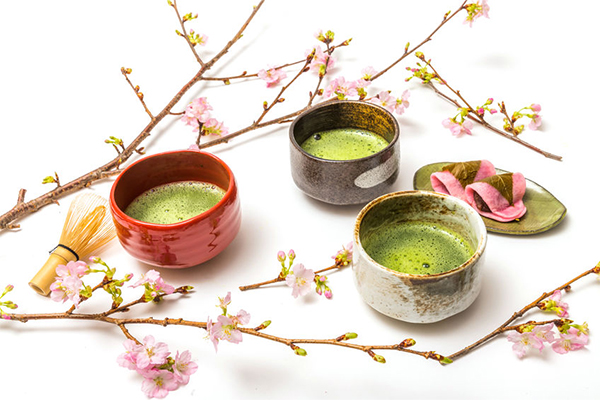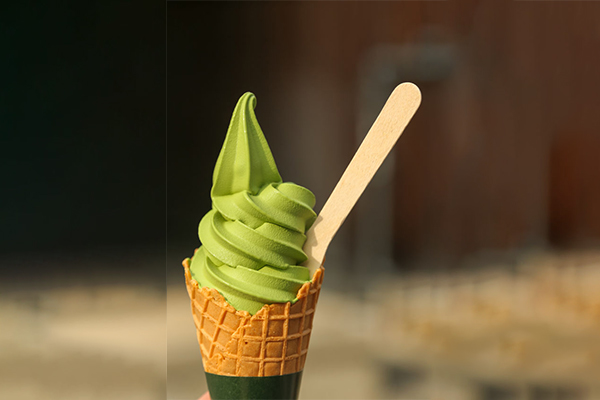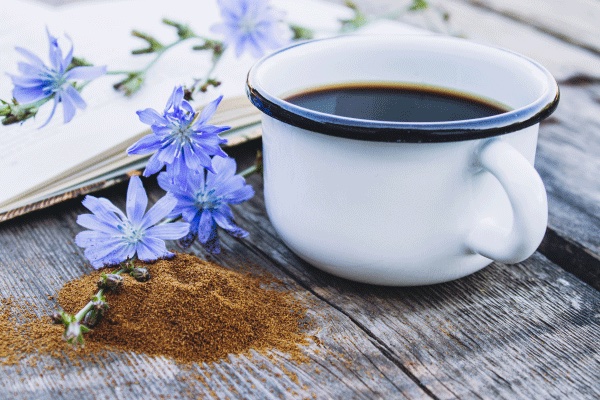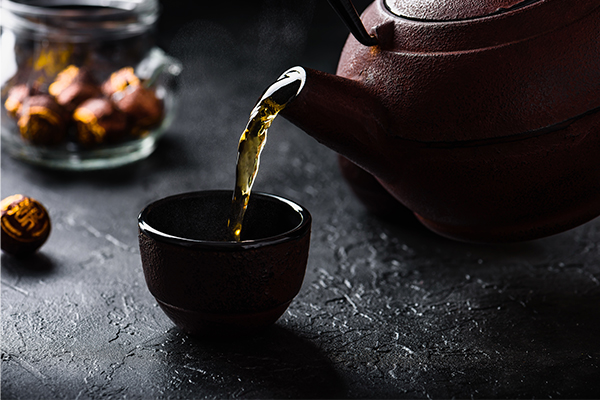-
Home > News & Events > Blog > Tea
Matcha, because of its unique covering aroma, refreshing taste, and strong colour enhancement, has become more and more widely used in the food industry. Matcha-flavored foods can be seen everywhere in our lives.
There is a tea word in the name of matcha, so what does it have to do with the tea we often drink? Let's look at the description of Matcha in the GB/T 34778-2017 Matcha Standard - it is made from the fresh leaves of tea trees cultivated under cover cultivation after being steamed (or hot air), dried and dried as raw materials, and processed by grinding process Micronized tea product. Matcha is made of tea leaves. Since it is ground into a fine powder, when we eat matcha, we no longer drink it after soaking and extracting it, but eat the tea leaves directly.

Matcha is also made from tea leaves, but why does it taste so much different from the tea we drink?
This is mainly because of the following two points:
Tea tree variety: The tea tree variety used to make matcha requires its buds and leaves to be fat and tender and have a strong ability to keep fresh and tender, to ensure that the matcha tea has a strong fragrance and a fresh colour.
Sunshade coverage: Matcha is different from tea trees in the cultivation process. Before it is picked, it needs to be covered with sunshade for more than 20 days. Matcha shading can significantly increase the content of chlorophyll in tea, increase the content of tea water extract; reduce the content of crude fiber in tea and inhibit the transformation of amino acids. The shading and covering can effectively reduce the bitterness and astringency of tea leaves, so that the tea leaves have a fresh taste, bright green colour, and have the special quality characteristics of matcha such as seaweed flavor and covering fragrance.

As the earliest tea cultivation and production country in history, China also has a long history of matcha. Chinese matcha began in the Wei and Jin Dynasties, developed in the Sui and Tang Dynasties, and flourished in the Song and Yuan Dynasties. As early as the Three Kingdoms period, there were written records about matcha. In the Northern Song Dynasty, matcha had become the main tea product at that time. The writer Wang Anshi recorded in "The Law of Discussion of Tea" that "the use of tea for civilian use is equal to salt and rice. "It can be seen that its prosperity; in addition, the tea drinking culture of the Song Dynasty was also the ancestor of the Japanese matcha culture - Master Eisai of Japan introduced Chinese tea making and tea drinking habits to Japan in the Song Dynasty. After several developments, it finally formed the current Japanese matcha culture.

Since the 21st century, with the rise of matcha food, Chinese matcha has developed rapidly, and many well-known matcha companies have emerged. A series of matcha-related standards such as NY/T 2672-2015, GB/T 34778-2017, DB33/T 2276-2020, DB33/T 2279-2020 have been formulated successively.
In addition to the general cultivation conditions for Chinese matcha, the two most critical factors for matcha plantation-variety and sunshade coverage have been carefully controlled:
Variety: Excellent tea tree variety is a prerequisite for producing high-quality matcha. With the rise of matcha in modern China, Chinese tea breeding institutions have successively screened out more than ten fine varieties of matcha such as Zhongcha 108 and Longjing 43 for trial production; in addition, China has also actively introduced foreign excellent matcha tea tree varieties, such as the tea plant that accounts for 75% of the entire Japanese tea garden area. Yabukita.
Covering: Sunshade coverage is the key link to determine the quality of Matcha. To pursue the high-quality development of Matcha, Chinese Matcha has conducted research on the microclimate effects of Matcha tea gardens, the growth laws of tea trees and their quality effects based on various covering methods and covering times and established a set of sunshades covering methods suitable for Chinese matcha.
About Yichang Tea Group:
Yichang Tea Group Co., Ltd. (Yicha Group), founded in July 2022, is a wholly owned subsidiary of Angel Group, with a registered capital of 300 million yuan. With capital as the link, Yichang Tea Group integrates local tea industry resources in a market-oriented way and further improves industrial concentration and market competitiveness to build an industry leading enterprise.
Tea intensive processing business:
Matcha powder: products are made from high-quality Matcha raw materials by traditional steam bleaching and stone grinding. The appearance is green, delicate, and fragrant. Products are widely used in all kinds of baked bread, cake, biscuit, moon cake and other foods, as well as dairy products, cold food, bean products, beverages, health food, daily chemical products and many others.
Published by JieWang, edited by George Hu
wangjiee@angelyeast.com




